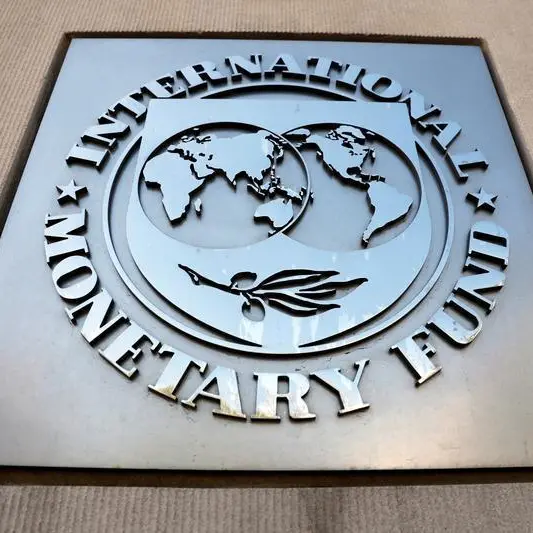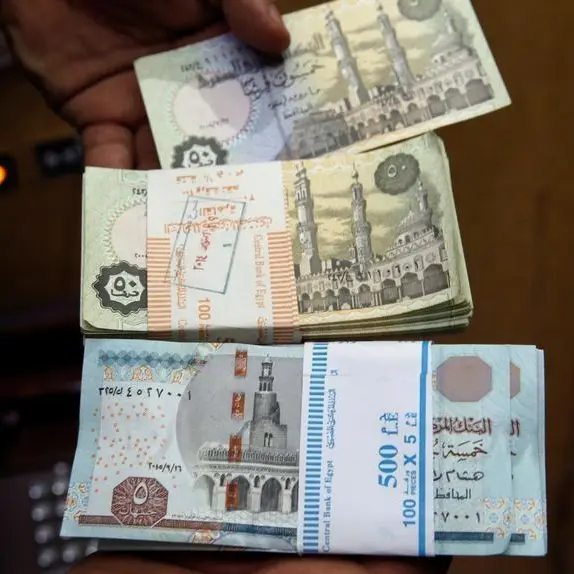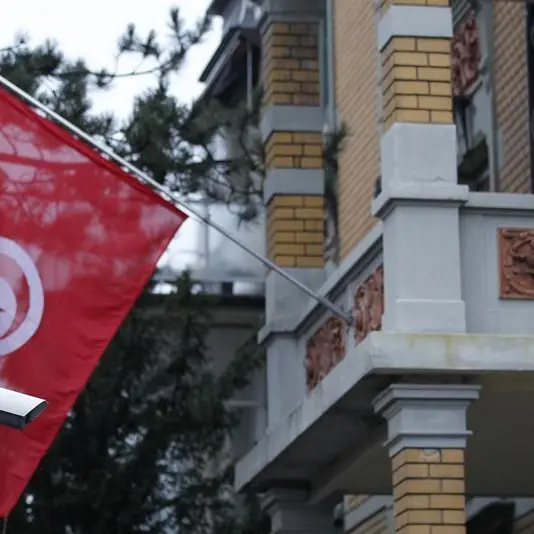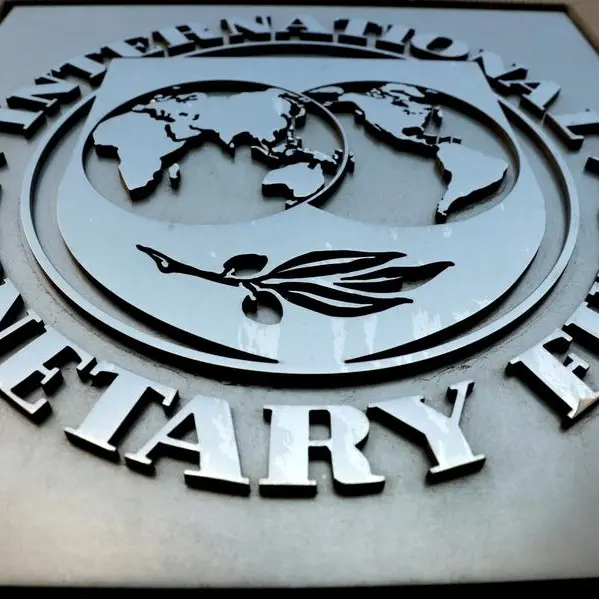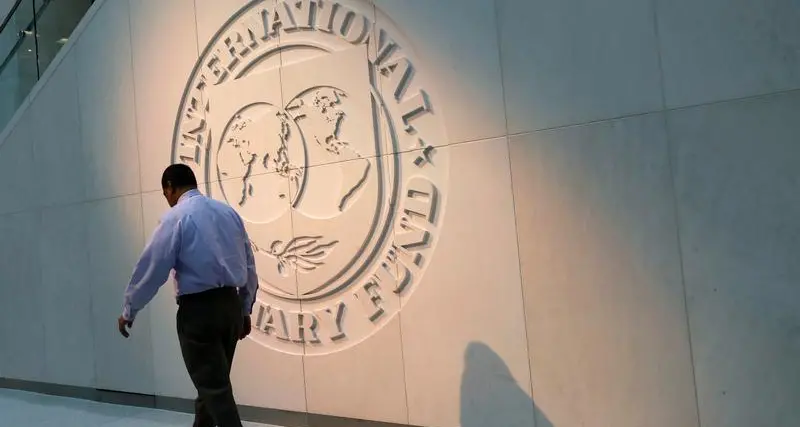PHOTO
STANFORD – In 2010, the United States faced a challenging allocation problem. Demand was surging for a resource vital to daily life, but the available supply was being used by incumbents that had built an important industry around it. Moreover, incremental transfers to new uses were impossible. Could new rules alleviate growing scarcities while respecting existing users’ rights and enabling a voluntary, multi-party reallocation?
The resource was not water but radio spectrum – the electromagnetic frequencies used for wireless phone calls, smartphone data, and emergency communications. Demand for spectrum had grown as more people streamed movies, placed video calls, and used mobile apps. But because spectrum that would have been ideal for smartphone apps was taken up by a fragmented industry of TV broadcasters, there wasn’t enough bandwidth for mobile uses.
Our company, Auctionomics, advised the US Congress and Federal Communications Commission to solve the problem through a series of changes culminating in the Broadcast Incentive Auction. Spectrum would be bought back from less-valuable broadcast uses and resold for cellular applications, while generously protecting incumbents who wanted to continue their traditional uses. That auction, held in 2016 and 2017, acquired a large amount of spectrum, reallocated it to higher-value uses, and raised $19 billion in gross revenue.
The success of this initiative demonstrates the power and potential of market design to create and refine marketplaces and exchanges to improve the allocation of scarce resources. The auction design was integrated with important legislative changes that made spectrum rights more easily exchangeable while allowing incumbents to continue operating with little or no disruption.
This approach is widely applicable, especially in environmental management. Additional new scarcities will require a reallocation of resources that pays close attention to both social and environmental challenges and the interests of existing users, who will resist changes they deem harmful. Market design, which has emerged as an important subfield of economics in the past 25 years, provides new economic theory and related algorithms, evidence, and examples to help policymakers implement effective solutions.
Market design methods have already solved several important everyday problems of matching resources to users. Applications include internet advertising (seeing online ads that are appropriate and match your interests), organ transplantation (finding a compatible donor for a loved one), medical residency matching (connecting newly minted doctors to their first job), and charitable food donations (stocking the local food bank with the most-needed items).
Policymakers can adapt the same theory and practices for new and evolving allocation problems. For example, market design can help address COVID-19 vaccine shortages by allowing exchanges of the ingredients and supplies (such as filters, tubing, and pharma bags) needed for vaccine production.
Likewise, financial instruments using cryptocurrencies have introduced decentralized designs with fully automated trading. Spectrum-license auctions will need to change again to accommodate 5G technologies and support small-scale Internet-of-Things and artificial-intelligence applications. And the success of cap-and-trade programs – for carbon dioxide emissions, fisheries, and other environmental goods – will depend on how well regulators can define the products to be exchanged and set rules that encourage participation while achieving societal objectives.
Market design will also play a critical role in solving the problem of water allocation. Many of the world’s existing rights to fresh water – both surface water and groundwater – have already been granted and grandfathered in complex ways to cities, farmers, and industrial users. In some cases, each individual trade of these rights requires governmental approval; other jurisdictions prohibit such trading entirely.
These restrictions and historical rules have led to highly inefficient allocations. Water may be unavailable to towns that require more of it as they grow, even when those urban and residential uses are a hundred times more valuable than the rural ones they would supplant. Certain industrial firms whose rights are based on historical use may have an incentive to overuse water, even during droughts, to retain their rights to future allotments. Where trading of rights is limited or prohibited, poor price signals make it difficult even to assess which uses are most valuable. And water demand will increase and shift as climate change continues to upend historical usage patterns.
The success of the US radio spectrum auction points to a solution. Instead of revoking incumbents’ spectrum rights unilaterally, Congress redefined them in a way that made trading them possible and simple, and then allowed TV broadcasters to decide for themselves whether to continue their previous uses or decline to participate. The rights that were sold were then reconfigured to be suitable for new uses and efficient trading, while those that were unsold remained fit for existing purposes.
A similar reorganization of water rights could protect existing users not wishing to sell, while creating tradeable rights for others that would allow water to flow to its most valuable use. Any attempt to compel all current users to participate will likely be thwarted by legal and political opposition, but a fully voluntary market styled on the same principles as the one for radio spectrum could accommodate resisters while drastically improving the allocation of water rights. Moreover, policymakers could use a portion of the value freed by any reallocation to offset inequities – for example, by granting credits to rural towns or small agricultural producers so that they receive the water resources they need.
Allocating water efficiently and fairly will require innovation, collaboration, and regulation. In this and other domains, market design puts practical economic theory in the service of establishing rights and introducing effective rules and algorithms. That way, we can accommodate diverse market participants, harness new technologies, and maximize the public good.
Paul Milgrom, a Nobel laureate in economics, is Professor of Humanities and Sciences at Stanford University and Co-Founder and Chairman of Auctionomics. Silvia Console Battilana, Co-Founder and CEO of Auctionomics, is a World Economic Forum Young Global Leader.
© Project Syndicate 2021
Disclaimer: The content of this article is syndicated or provided to this website from an external third party provider. We are not responsible for, and do not control, such external websites, entities, applications or media publishers. The body of the text is provided on an “as is” and “as available” basis and has not been edited in any way. Neither we nor our affiliates guarantee the accuracy of or endorse the views or opinions expressed in this article. Read our full disclaimer policy here.

